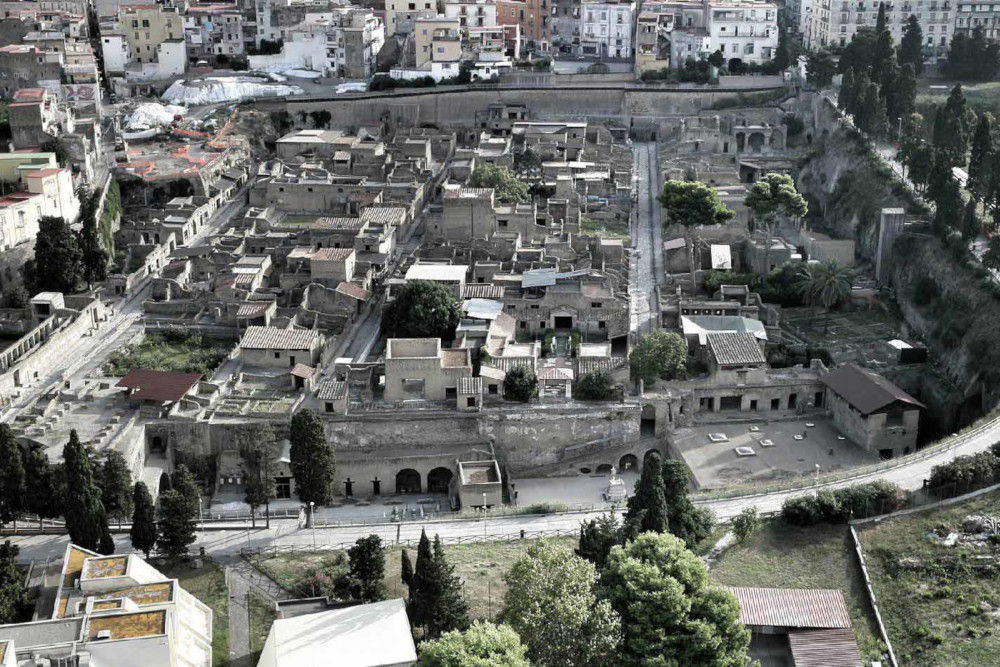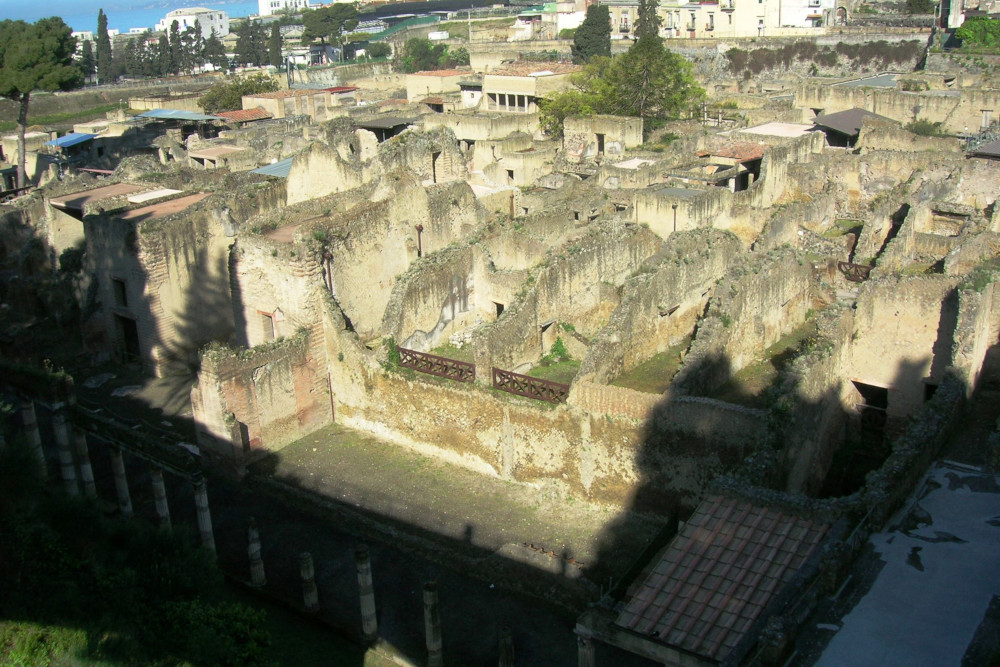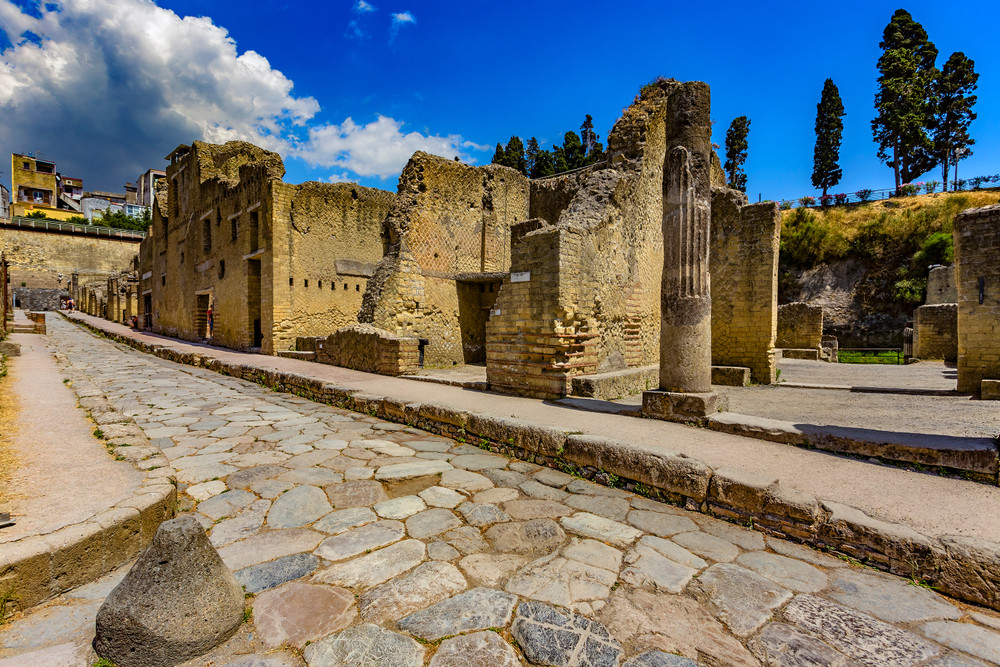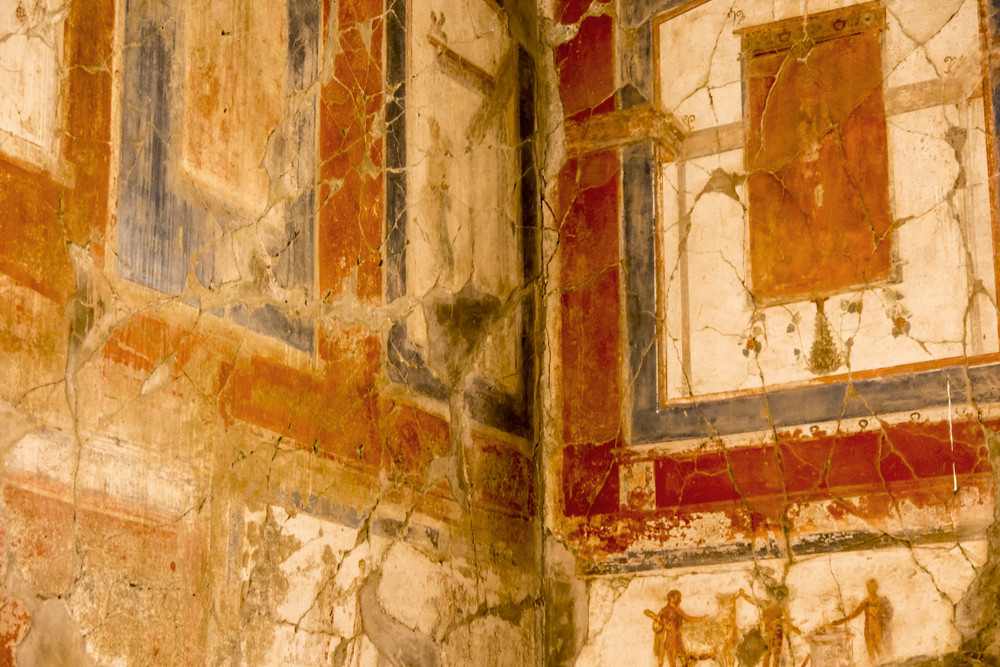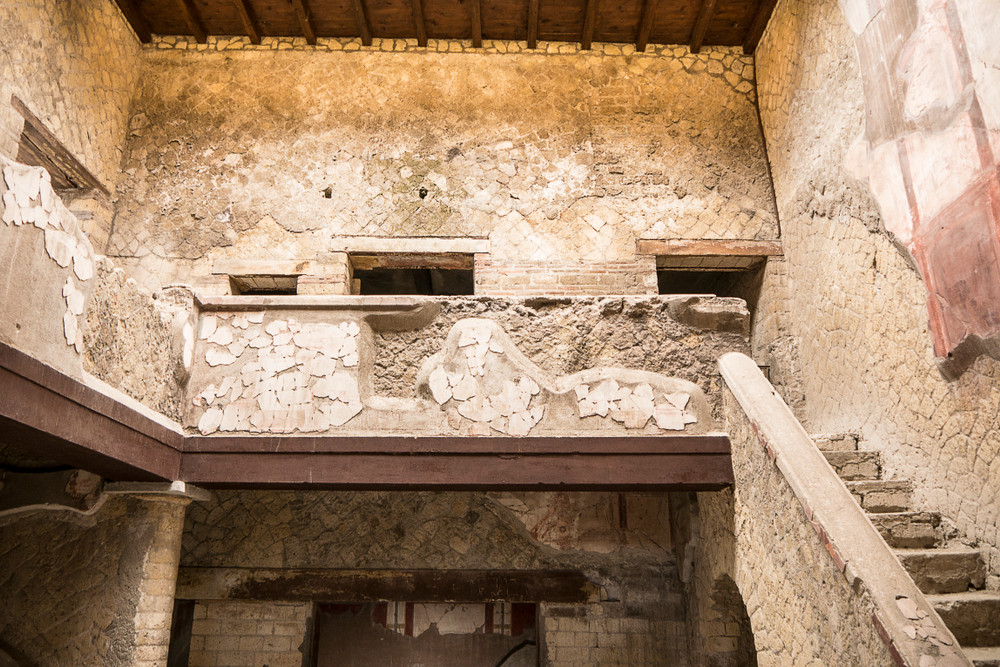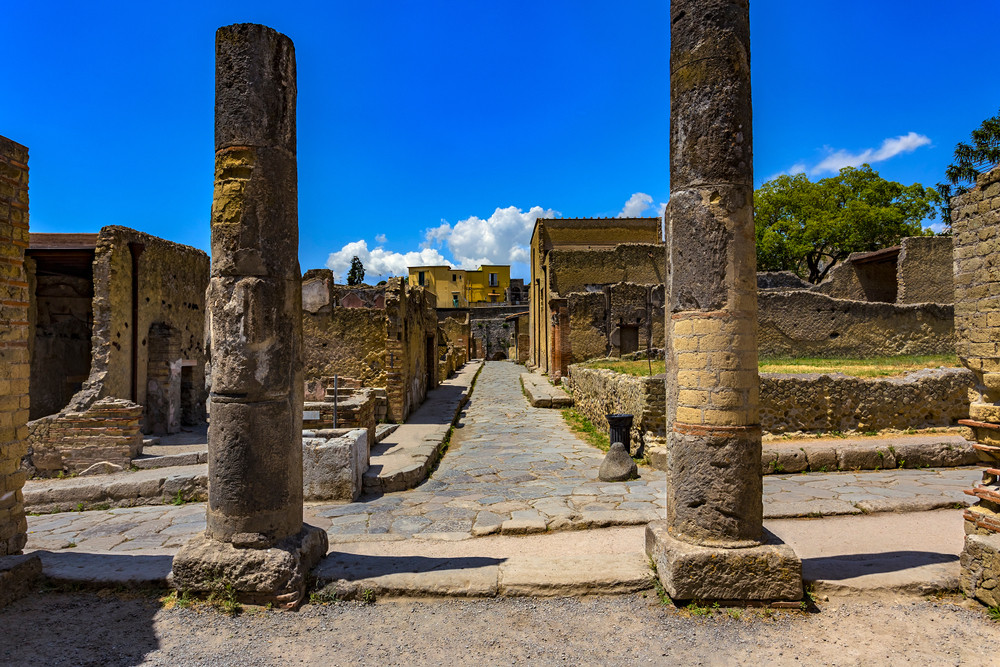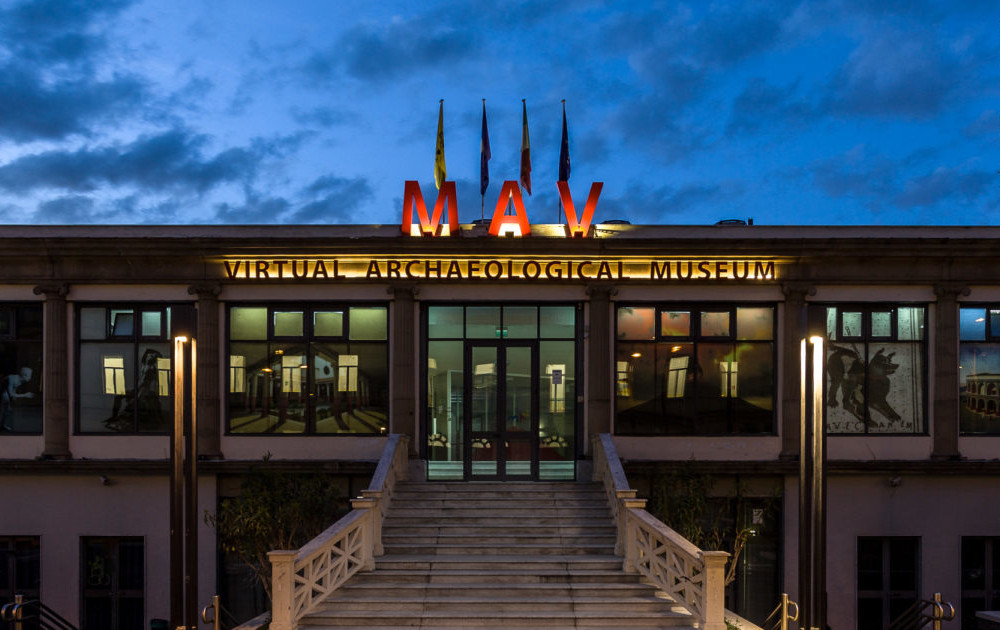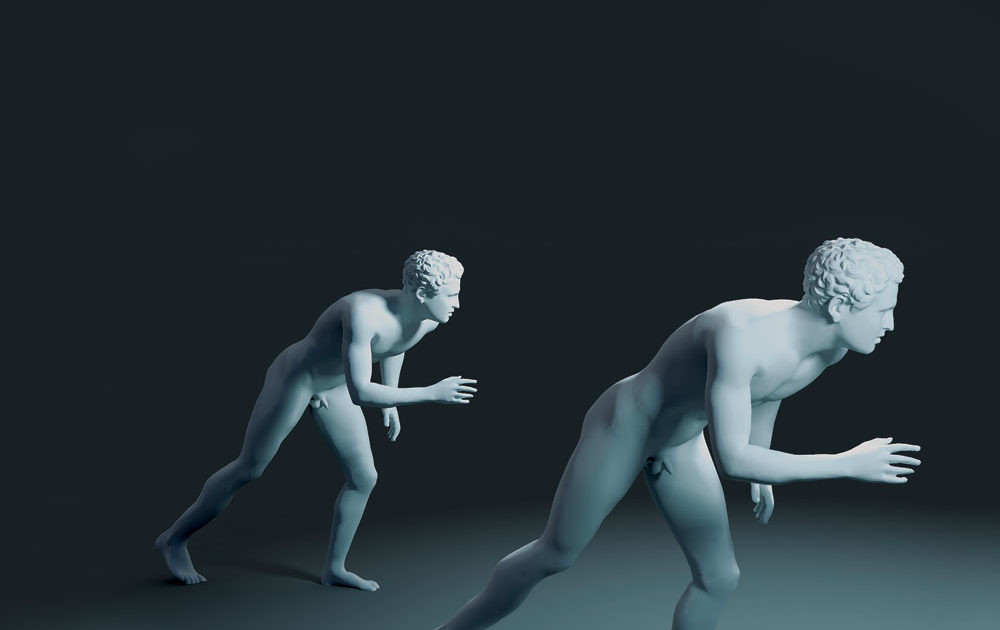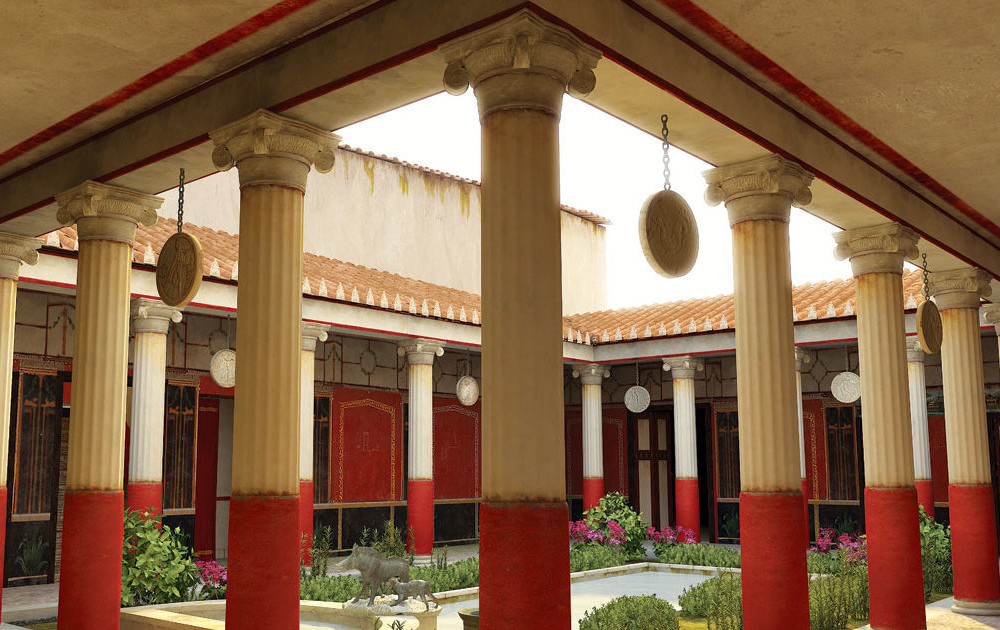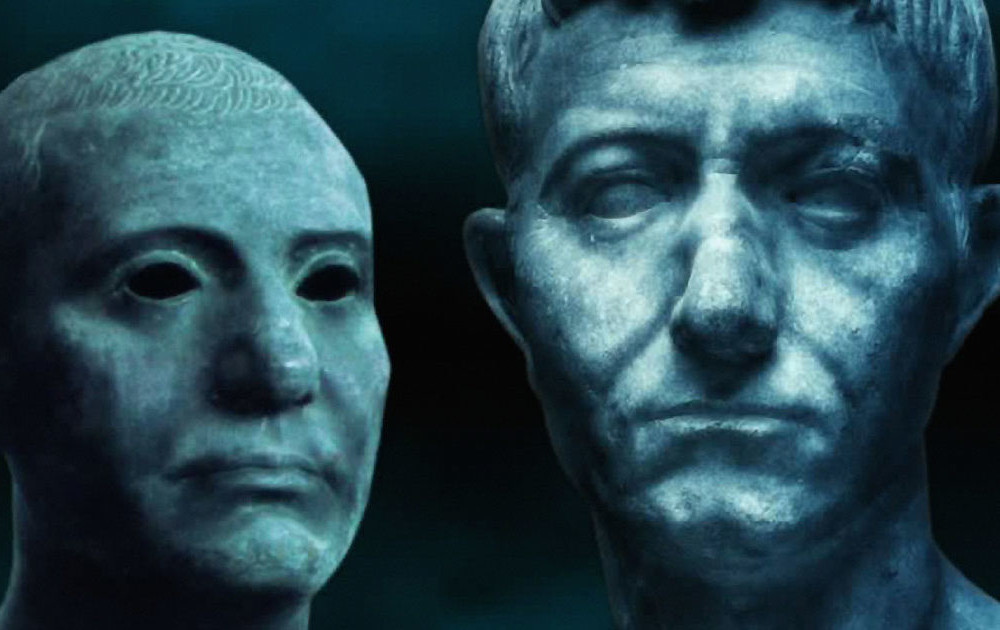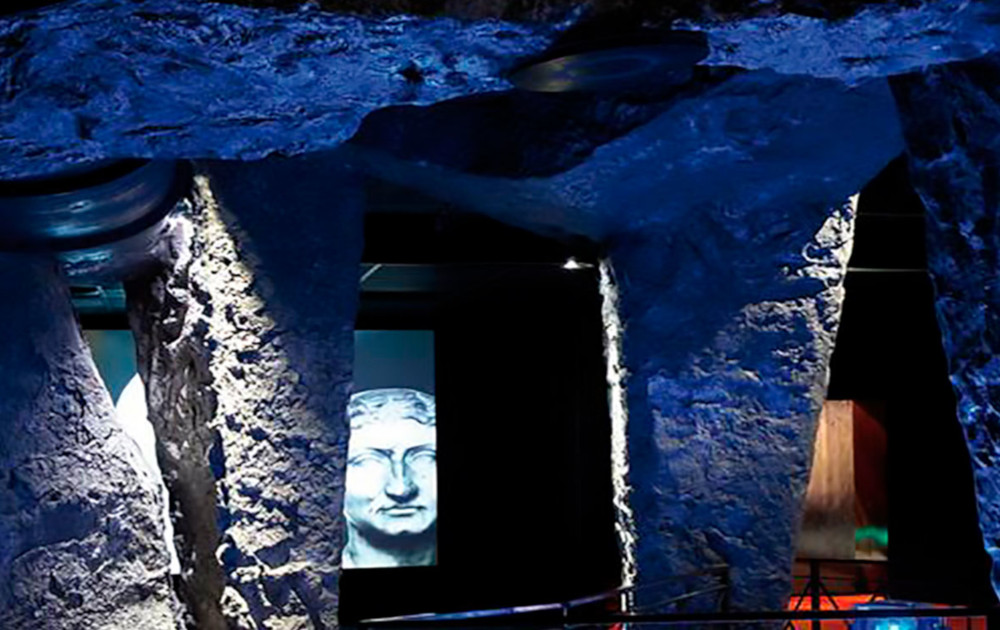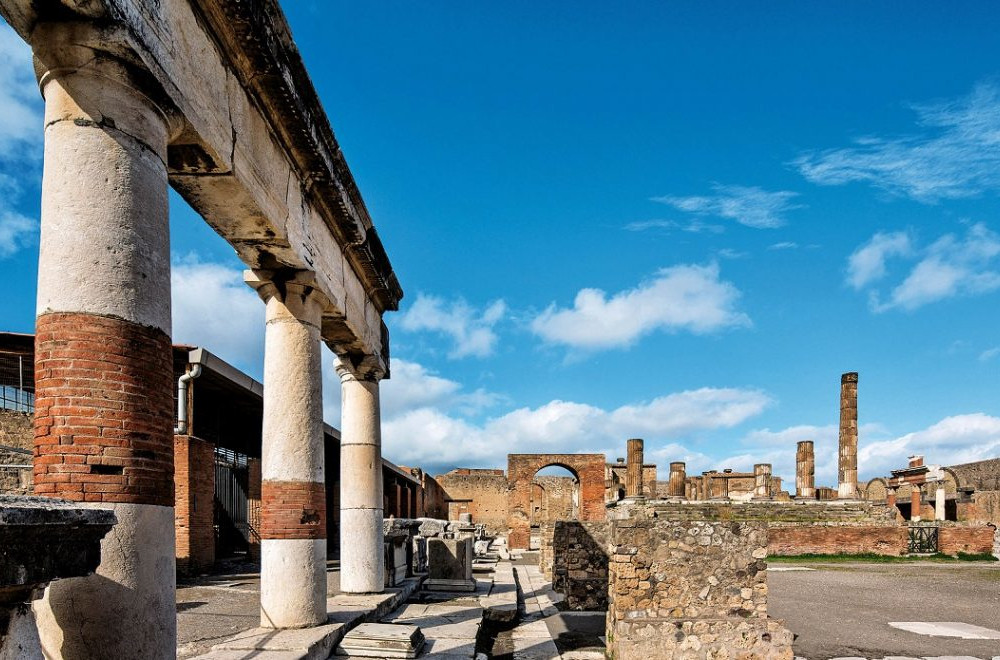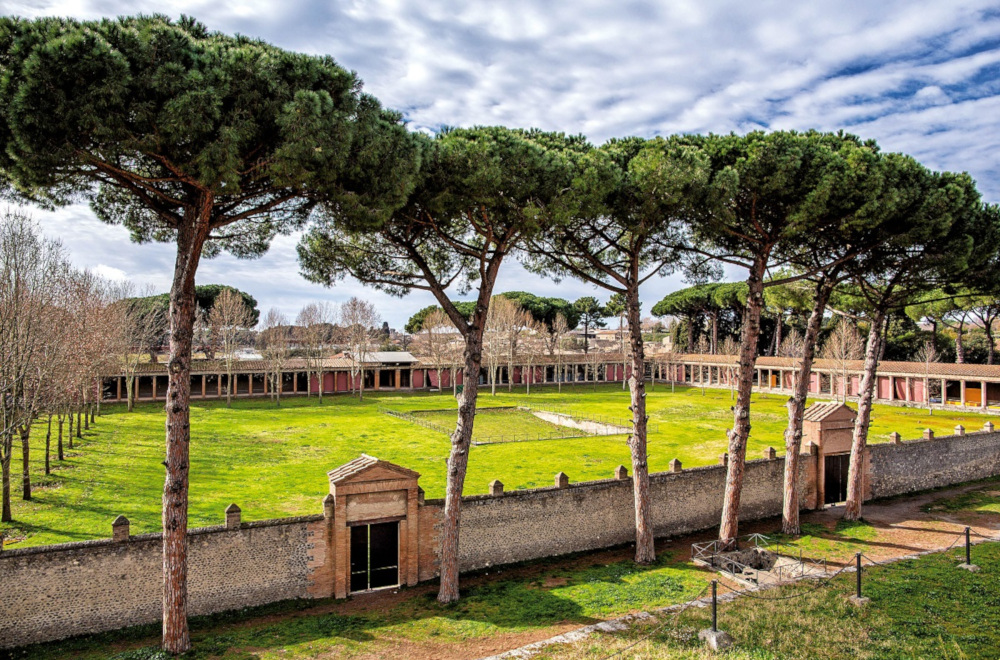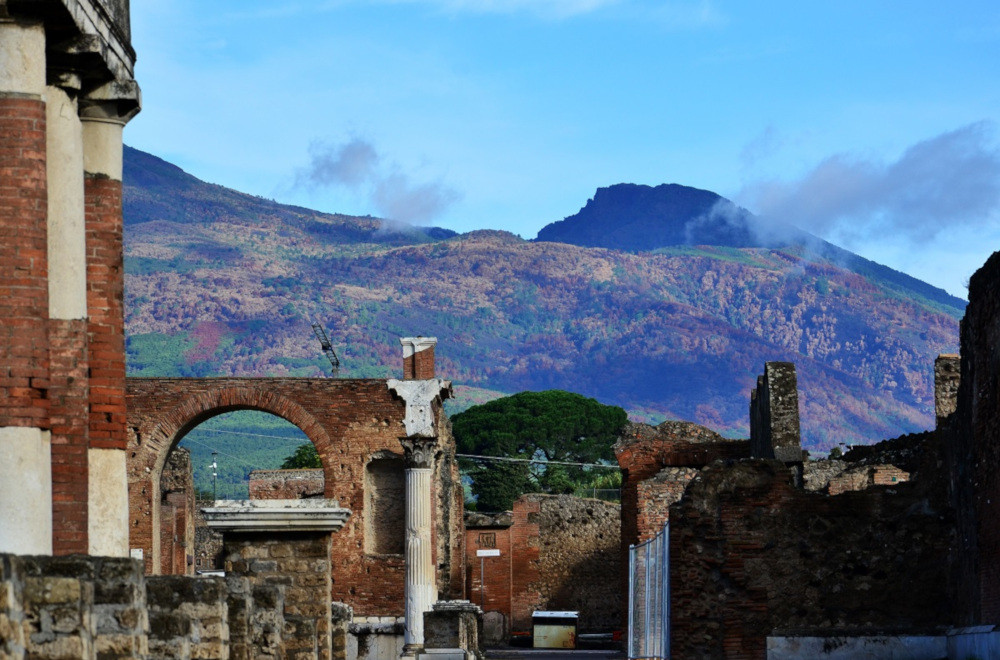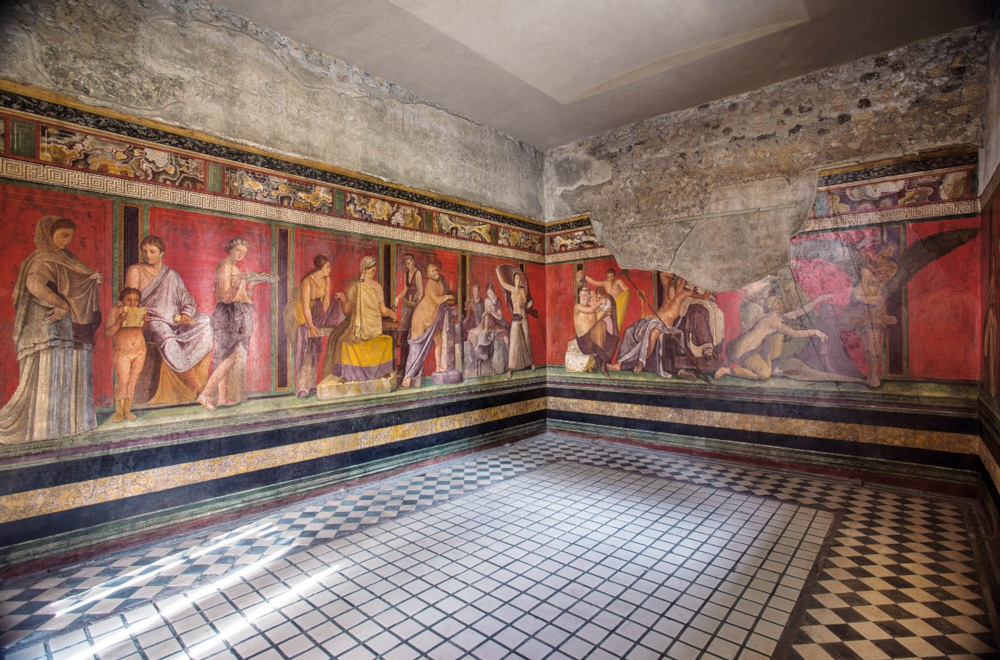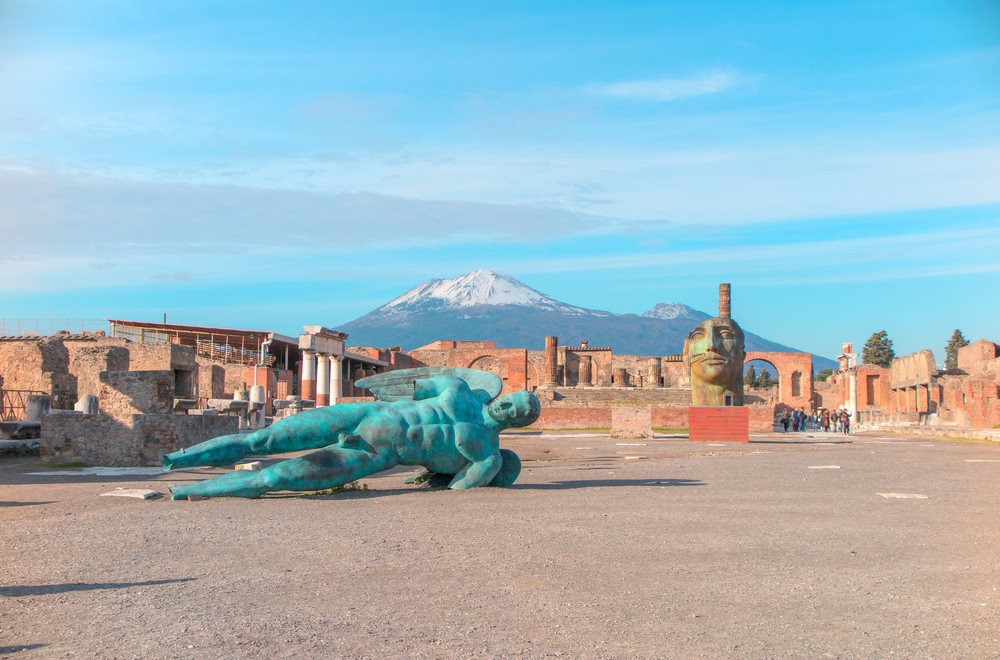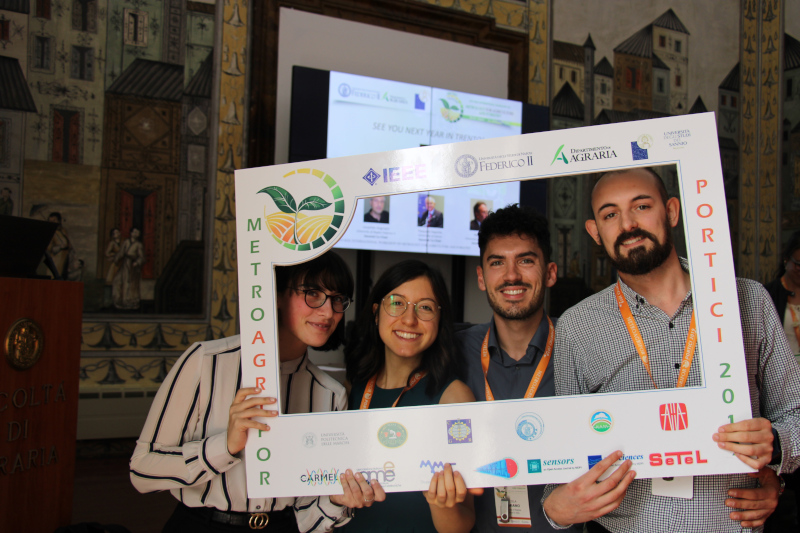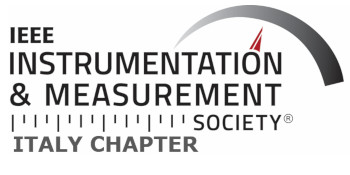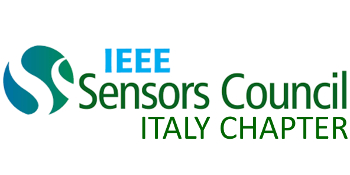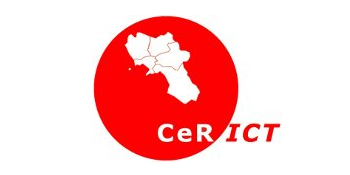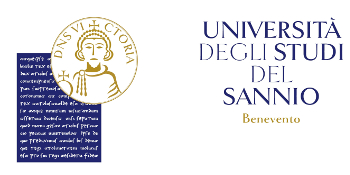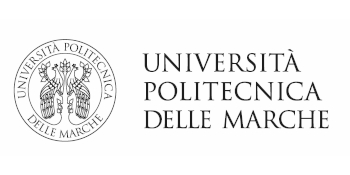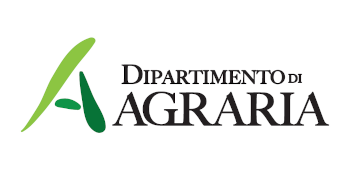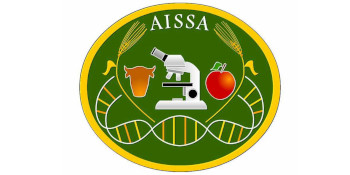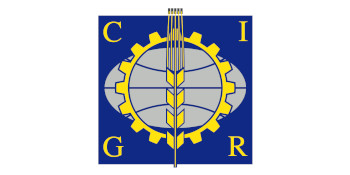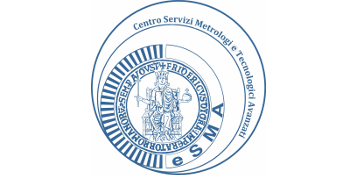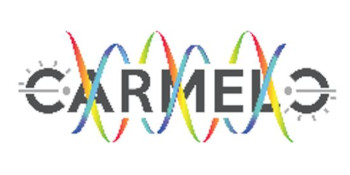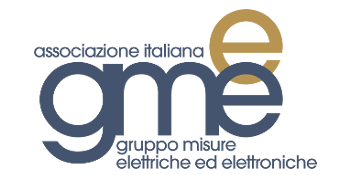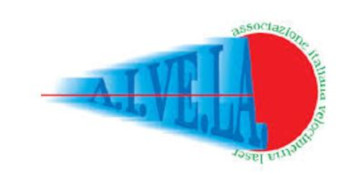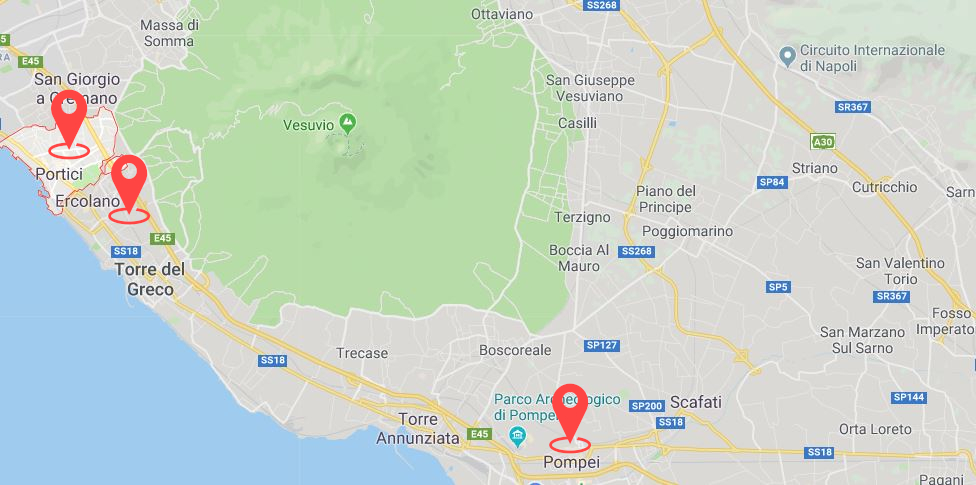
The Excavations of Herculaneum
While Pompeii is more famous, the city of Herculaneum was also destroyed in the same eruption, but buried under Vesuvius's spew of ash in successive waves that coated and preserved the city and its contents. The ash and pyroclastic material came in a series of eruptions, which coupled with heat, acted as a preserver of the city, in essence "mummifying" everything, including furnishings, household items and many details that were destroyed by the hot fluid lava at Pompeii. Ercolano, as it is called in Italian, is actually better preserved and more interesting than Pompeii in many ways.
The buried remains were rediscovered only in the 1700s, and the incredibly intact buildings and decorations are awe-inspiring. There is a theater, a basilica and homes richly decorated with intricate mosaics. Civic buildings, public baths, a gymnasium, and villas were covered and conserved in the ash like a city-wide time capsule. The Villa Papiri was so-named because of its wide collection of Greek books, which are now housed in the Biblioteca Nazionale in Naples. Archeologists also uncovered well-kept remains of everyday household items like wine flasks and pottery, giving a glimpse of daily life in the ancient city.
According to legend, Herculaneum was founded by Hercules, originally a Greek city dedicated to that god and called Herakles. It actually dates back to the Samnite tribe that inhabited this area in the 6th century BC, but was founded as a city by the Greeks who established an important trading seaport here. In the 3rd century, the city joined the Nocerina Confederation, and took part into the so-called "social war" against the Roman Empire, but the Romans succeeded in conquering the city, which they then made their own, rebuilt and embellished in Roman style.
Herculaneum provides a fascinating glimpse into ancient life during the Roman Empire, and the effects of a catastrophic event that happened in a matter of minutes!
MAV – Virtual Archaeological Museum
Just near the Ercolano’s Archaeologic area there is MAV, a cultural and technologic centre applied
to cultural heritage and communication, one of the most modern in Italy.
Inside the MAV there is a unique and extraordinary museum space: a virtual and interactive route
where it possible to live the emotion of a surprising journey in the past until a moment before
eruption of 79 b.C. destroyed the Roman cities of Pompei and Ercolano. More than 70 multimedia installations give life and splendour to the main archaeologic areas of
Pompei, Ercolano, Baia, Stabia and Capri.
Through scenography reconstructions, visual interfaces and holograms, visitors are put in a virtual dimension, where it is possible to experience in a ludic and interactive way, the new opportunities that multimedia technology can offer to the archaeologic heritage.The MAV is a didactic and cognitive place, where real and imaginary meet to create new learning and entertainment ways.
The museum rises in a 5.000 square metres area on 3 levels, located in the heart of the town, just near the main tourist attractions: archeologic area, the famous vintage market, the Vesuvio National Park, the “Miglio d’Oro”, the coast on the Volcano’s foothills, along which there are the wonderful villas of 1700, that represent magnificent examples of Neapolitan baroque.
Pompeii
Pompeii is one of the most significant proofs of Roman civilization and, like an open book, provides outstanding information on the art, customs, trades and everyday life of the past.
The city has re-emerged from the darkness of centuries precisely as it would have been when it was unexpectedly buried in the thick layer of ash and lava which poured down from the devastating eruption of Vesuvius. It was the year 79 A.D. The scale of the tragedy was appalling: in what had been one of the most active and splendid Roman centres, life came to a permanent standstill.
The thick layer of volcanic material which submerged it, made up to a large extent of ash and lapilli - non-hard material, unlike that which covered Herculaneum and which solidified into extremely hard stone -has meant that the city has remained intact until the present day, not only as far as its buildings are concerned, but also as regards the contents inside the houses and shops, providing an absolutely fascinating picture of "daily" life.
The walls of the houses are covered with electoral propaganda messages or risque jokes aimed at particular citizens. The signs on the shop doorways indicate the activity carried out there or the name of the owner. Alongside the elegant villas belonging to the nobility and the luxurious residences of the middle class, stand modest houses where several families lived.
The peasant dwellings on the other hand are situated around vegetable gardens or small plots of land. On the edge of the city stood the brothels, squalid rooms intended as places of pleasure for sailors and travellers passing through, in the narrow lanes, the workshops and utility rooms provide further evidence of the daily routine performed by workmen and slaves as well as the women of the house. The houses still contain furniture, ornaments, gold and silverware, work tools, kitchenware, bronze and terracotta lamps, foodstuffs of all kinds, counters for serving drinks, grain mills and grindstones, workshops for manufacturing cloth, smithies and outlets selling groceries, fruit and vegetables.
There is a remarkable record of Roman painting, of which, without the finds made in Pompeii, virtually nothing would be known.
The architecture and development of the various types of houses is also amply documented. Thus the excavated city provides outstanding historical evidence of Roman civilization: these reminders of the past, which are so vivid and tangible in the remains brought to light, contribute to the fascination of the present.


